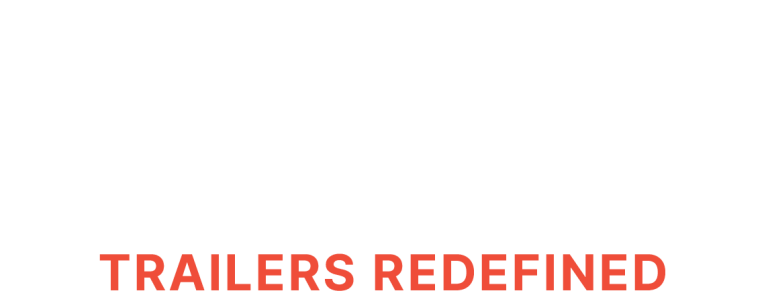Australia’s freight and logistics sector is a cornerstone of the economy, facilitating the movement of over 250 billion tonne-kilometres (BTKM) of freight annually and contributing 8.6% of the nation’s GDP (HVIA). The Australian aggregate freight forecasts –2022 update projects that demand will surge by approximately 77% between 2020 and 2050, reaching an estimated 394 billion tonne-kilometres by mid-century. This is driven by population growth, urban expansion, and increasing industrial demand – all placing greater strain on our transport networks.
The challenge is clear: how can we move more freight without increasing congestion, fuel consumption, and operational costs?
We believe the solution lies in the widespread adoption of Higher Productivity Heavy Vehicles (HPHVs). From A-doubles to B-triples, these trailer combinations are designed to carry more goods with greater efficiency and safety, and reduce environmental impact. We achieve this through improved trailer design and innovation leading to increased payload capacity.
Australia’s Freight Challenge: Rising Demand, Infrastructure Strain
Despite the rising demand for freight transport, productivity in Australia’s road freight sector has shown little improvement over time. According to the National Freight and Supply Chain Strategy, real interstate freight rates – reflecting the actual cost of transporting goods across state borders, adjusted for inflation – initially saw significant reductions but have since experienced only marginal increases. This stall in efficiency gains signals an urgent need for innovation.
With over one million heavy vehicles on our roads, simply increasing fleet size is not a viable solution. Instead, we must prioritise higher productivity vehicle configurations, such as A-double, B-triple and AB-triple trailers that maximise payloads per trip, improve fuel efficiency, and reduce congestion.
The case for Higher Productivity Heavy Vehicles
HPHVs are designed to carry more freight per trip, reducing vehicle movements while maintaining compliance with road safety and infrastructure limits. By integrating these advanced vehicles into our transport networks, Australia can achieve several key benefits, including:
- Efficiency Gains – HPHVs can transport greater volumes by each trip, thereby reducing the number of trips required, optimising fleet utilisation and cutting fuel costs.
- Economic Growth – Even a 1% improvement in freight productivity could add $20 billion to the Australian economy (Freight Australia).
- Lower Emissions – Fewer trips mean reduced greenhouse gas emissions, aligning with Australia’s net-zero targets.
- Infrastructure Optimisation – By maximising payloads on existing road networks, HPHVs can alleviate congestion and delay the need for costly infrastructure expansions.
Changes that could benefit the transport industry
A collaborative approach between industry stakeholders is essential to fully harness the potential of HPHVs. Below are some key steps that could directly benefit the industry:
- Regulatory Reform: To simplify cross-border freight movement and reduce administrative burdens, a nationally harmonised approval process for HPHVs is crucial. This can ensure smoother operations and less red tape for transporters.
- Infrastructure Investment: To fully utilise HPHVs, investment in infrastructure is needed. Upgrading key freight corridors and ensuring road designs and bridge capacities meet the demands of these vehicles can help make heavy vehicle transport operations safer and more efficient.
- Workforce Development: Implementing targeted training programs for drivers and logistics personnel can help ensure they have the skills needed to safely and effectively manage HPHVs, improving overall operational performance.
- Sustainability Initiatives: Integrating low-emission technologies into fleets of HPHVs can help improve environmental outcomes, reduce carbon footprints, and align operations with evolving sustainability standards.
The trajectory of Australia’s freight industry is clear – demand will continue to grow, and with it, the need for smarter, more efficient transport solutions. Higher Productivity Heavy Vehicles represent a proven, data-backed approach to enhancing efficiency, reducing costs, and improving sustainability.
GLT is committed to helping our customers and industry navigate these changes. By leveraging innovative trailer technology, forming strategic partnerships, and providing industry insights, we aim to ensure local business stays ahead of the curve.



